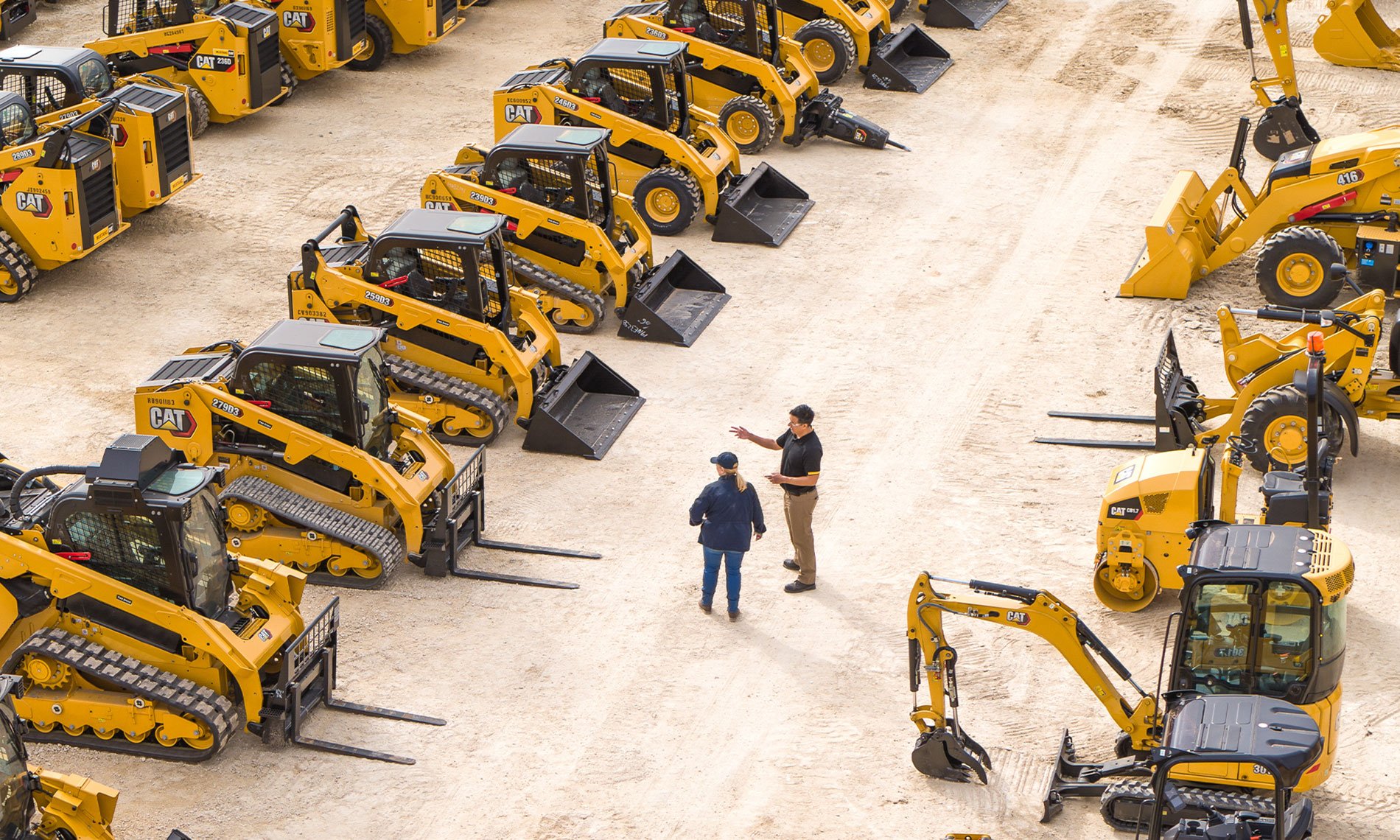Optimize Your Budget Plan by Understanding the Prices Related To Building Tools Leasings
Understanding the complete range of costs linked with building tools leasings is essential for optimizing your budget plan. While the initial rental charge may appear straightforward, countless extra expenses-- such as transport, gas surcharges, and upkeep-- can swiftly accumulate, affecting your economic planning. In addition, understanding numerous charges and the details of rental contracts can aid avoid unanticipated financial problems. What approaches can be employed to successfully take care of these costs and ensure a much more effective rental experience?
Introduction of Rental Costs
When taking into consideration building tools rentals, recognizing the linked prices is critical for reliable budgeting and job preparation. Rental costs can differ significantly based on numerous elements, consisting of tools type, period of rental, and place. The first rental fee typically mirrors the equipment's market demand and its linked operational abilities, affecting the total expense.
Along with the base rental price, ancillary expenses might emerge, such as transportation charges, gas additional charges, and maintenance charges. It is necessary to make up these additional costs to properly analyze the total cost of leasing devices. The rental period can affect prices; longer leasings may certify for discounted rates, while short-term services may sustain higher daily fees.

Malfunction of Rental Rates
A detailed understanding of rental rates is vital for professionals and project supervisors aiming to optimize their spending plans. Rental prices for building equipment typically include numerous elements, including base prices, time-based costs, and usage fees.
Base rates are the core charges linked with the leasing of the equipment, often established by the kind and dimension of the machinery. These prices can vary significantly, affected by factors such as devices demand, accessibility, and regional market patterns. Time-based charges, which might be daily, weekly, or monthly, serve to suit various project timelines and rental periods.
Furthermore, rental prices may include use fees, which apply when tools is utilized past a specified threshold, making certain that the rental company can make up deterioration. Seasonal need changes can also influence rental rates, with peak building seasons normally regulating greater rates.
Additionally, understanding the rental firm's policies relating to maintenance and insurance policy can offer further insight right into the total cost framework. By analyzing these elements, service providers can make informed choices, ensuring the choice of rental tools straightens with both project needs and budget plan restraints.
Additional Fees to Consider
Comprehending the details of additional fees is essential for professionals to handle their general service expenditures effectively. Beyond the standard rental rates, various additional fees can significantly impact the total cost of tools service. These costs typically include delivery and pick-up costs, which can differ based on range and logistics entailed in transferring the tools to and from the work website.
In addition, some rental firms might impose fuel additional charges if the tools is returned with much less fuel than when rented. It is additionally important to know prospective cleansing fees, particularly for specialized equipment that needs complete upkeep after usage.

Thoroughly examining the rental agreement and making clear these extra charges ahead of time can assist professionals guarantee and stay clear of unforeseen prices that spending plans remain undamaged throughout the project lifecycle.
Upkeep and Repair Costs
Routine upkeep and repair work expenditures are typically overlooked aspects that can substantially influence the general price of building tools rentals. When leasing tools, it is crucial to consider not only the rental costs but likewise the prospective expenses connected with keeping the this contact form machinery in optimum operating problem.
Many rental business include fundamental upkeep as component of the rental arrangement; however, much more substantial repair services or unanticipated breakdowns can result in added expenditures. It's vital to evaluate the rental contract very carefully to comprehend what maintenance solutions are covered and what duties drop on the occupant.
Furthermore, equipment that is not well-maintained can bring about ineffectiveness at work site, possibly creating hold-ups and raising project costs. To reduce these risks, it is advisable to conduct regular examinations and maintain open interaction with the rental copyright pertaining to any type of concerns that arise during use.
Insurance Coverage and Liability Expenses
Insurance and obligation expenses are critical components that can substantially influence the total expense of construction equipment rentals (forklift rental). These expenses ensure that both the rental firm and the client are safeguarded from prospective economic losses developing from mishaps, damages, or theft throughout the rental period

Additionally, clients need to know any type of deductibles or exemptions in the insurance plan, as these can affect prospective out-of-pocket expenditures. Understanding the terms of any kind of insurance coverage is crucial to stay clear of unexpected expenses. Inevitably, budgeting for insurance and obligation costs can aid ensure a smoother rental experience and safeguard versus economic threats related to building jobs.
Verdict
In verdict, a thorough understanding of the prices connected with construction equipment services is necessary for efficient budget monitoring. Eventually, notified decision-making regarding tools leasings contributes to the total success of building endeavors.
Rental prices can vary significantly based on numerous elements, consisting of devices type, period of rental, and area (equipment rental company). The rental duration can impact prices; longer rentals might qualify for reduced rates, while short-term services may sustain higher day-to-day charges
By performing comprehensive study and engaging with reputable rental business, service providers can successfully browse the complexities of rental prices, ultimately maximizing their economic resources.
Beyond the typical rental rates, different supplementary fees can dramatically impact the overall expense of tools rental. Rental business usually offer obligation insurance policy that covers injuries to third parties or damage to property, while equipment damage insurance coverage can cover the price of repairs or replacement if the leased devices is harmed.